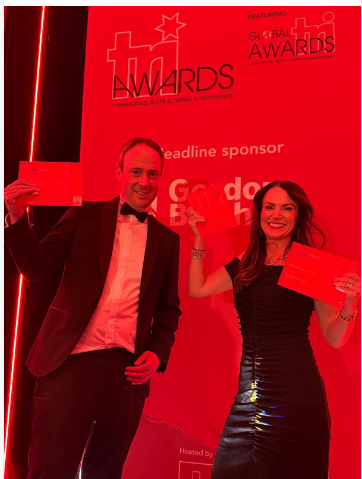
Pension salary exchange
Did you know there is a tax efficient way to make contributions into employees’ pension schemes that could make you, as an employer, significant financial savings?
Pension salary exchange (or salary sacrifice)
A salary exchange is a formal agreement to vary the terms and conditions of an employee’s contract. The employee agrees to a reduction in their salary in exchange for additional employer pension contributions. The employee’s take home pay will increase as they are not paying tax and national insurance (NI) on the portion of their salary they have exchanged. You, as the employer, will also make employer’s NI savings on the same salary amount exchanged. The scheme takes advantage of the tax relief available for employer pension contributions, without having a negative effect on the payments going into the employee’s pension pot.
For example, an employee contributes 5% of their salary into their pension scheme, with the employer contributing 3%. Under a salary exchange scheme, the employee agrees to be paid 5% less salary, and the employer agrees to contribute 8% into the employee’s pension scheme.
Do you operate salary exchange?
If not, why not? For the majority of employers it makes sense and saves you money! All of the larger employers in the country will be operating their pension scheme by way of salary exchange, but the relevant savings would apply to employers of any size. The set-up costs are reasonable and will pay for themselves over a short period of time. So, what are you waiting for? Contact us today for more information, illustrated examples, and to discuss your options.
Double pension relief
HMRC have recently flagged up an issue in their latest employer bulletin regarding double claiming of tax relief on employee pension contributions.
There are basically two ways to receive tax relief on employee pension contributions:
- Relief at source – an amount equivalent to 80% of the employee’s pension contributions are taken from post-tax (net) pay and passed to the pension provider by the employer. The pension provider then gives tax relief by adding an additional 25% of the contributions passed to them, to the employee’s pension pot i.e. where a 5% pension contribution of £100 is due from the employee, £80 will be deducted from net pay, with the additional £20 being added at source by the pension provider
- Net pay arrangement – Employee’s pension contributions are deducted in full from pre-tax (gross) pay i.e. £100 is deducted from the employee’s gross pay
Confusingly, the net pay arrangement has nothing to do with net pay, as the deductions are made from gross pay. This can sometimes cause employers problems. It is very possible that an employer will operate a net pay arrangement, correctly passing over the contributions to the pension provider. However, the pension provider may also then apply relief at source giving employee’s double tax relief. This can occur when the pension provider asks an employer if employee contributions are made from gross or net pay, and when made from gross pay i.e. a net pay arrangement, the employer will say they are from net pay, because of the name of the arrangement.
Do your employees receive double tax relief?
Where this happens, it can be a costly and time-consuming process to undo. It happens a lot more regularly than you would think, and we have helped several clients put this right with HMRC, as well as mitigating their penalty position.
Now may be a good time to check with your pension provider that you are operating your pension scheme correctly. The default for all new registered pension schemes has been relief at source since April 2006. However, an employer can elect at the start of a new pension scheme to operate net pay if that scheme meets certain conditions. Once registered, the form of tax relief is set.
If you require any further information or advice on this matter, please contact our Employer Solutions team, who would be happy to help.
Written by












